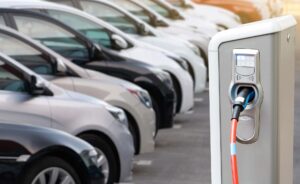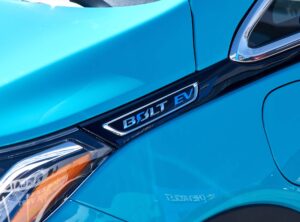Many EV owners (or potential ones) find themselves asking, “How much does it cost to replace a battery in a Tesla?” And rightfully so. Consider that the power unit’s lifespan is typically between 300,000 and 500,000 miles. So, when the time comes, you should have your budget prepared. Let’s dive into some useful insights on maintenance and warranty and anticipate the expenses associated with owning one of these revolutionary electric vehicles (EVs).
How Much Does It Cost to Replace a Battery in a Tesla?
The cost of replacing a battery in a Tesla (TSLA) varies significantly depending on factors such as the car’s model, the age of the battery, and geographic location. Generally, owners can expect costs to range from a few thousand dollars to upwards of $20,000 for some high-end models. For instance, replacing the power unit in a TSLA Model S might be more costly than in a Model 3 due to differences in size and complexity.
Additionally, the cost may be influenced by the availability of warranty coverage. This means that some replacements are potentially covered under Tesla’s comprehensive power unit warranty, thereby reducing the owner’s out-of-pocket expense.
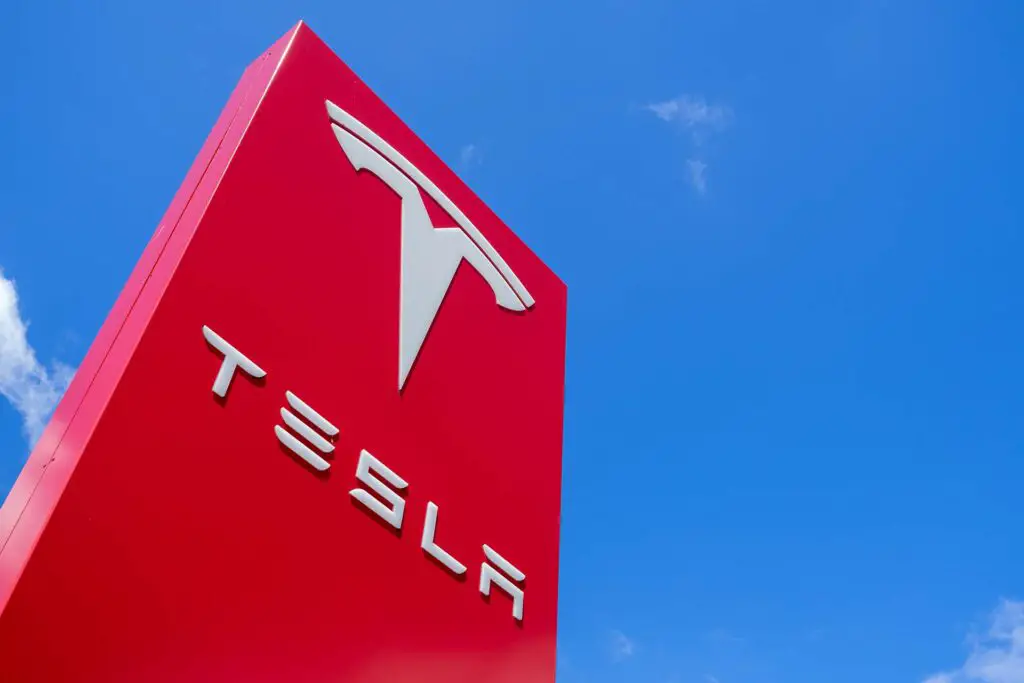
The Significance of the Battery in Your Tesla
TSLA vehicles, known as the epitome of modern automotive engineering, are fundamentally defined by their innovative electric batteries. These batteries are not just power units but the cornerstone of TSLA’s promise of efficiency, long-range capabilities, and high performance. The significance of this technology lies in its ability to consistently deliver power without the emissions and inefficiencies associated with traditional combustion engines.
Recent advancements have pushed the boundaries of electric vehicle (EV) performance. These include improvements in battery density, charging speeds, and software integration that optimizes usage. This technological evolution not only enhances life but also plays a pivotal role in the broader context of EV battery maintenance and overall vehicle health.
Lifespan of a Tesla Battery
The average power unit capacity loss after 200,000 miles (322,000 km) is 13% of the initial capacity, according to Elon Musk’s company. However, a key consideration for any TSLA owner is the lifespan of their vehicle’s power unit. On average, these batteries are built to last significantly longer than conventional car batteries, often surpassing several hundred thousand miles with minimal degradation.
When it comes to Tesla vehicle maintenance, it’s good to know that this longevity is influenced by multiple factors. Driving habits, such as frequent rapid acceleration and heavy usage, can accelerate wear. The climate also plays a role, with extreme temperatures potentially impacting efficiency and health. This being said, the Model 3 can go 353 miles on a single charge, while the Model Y is only expected to go 326 miles.
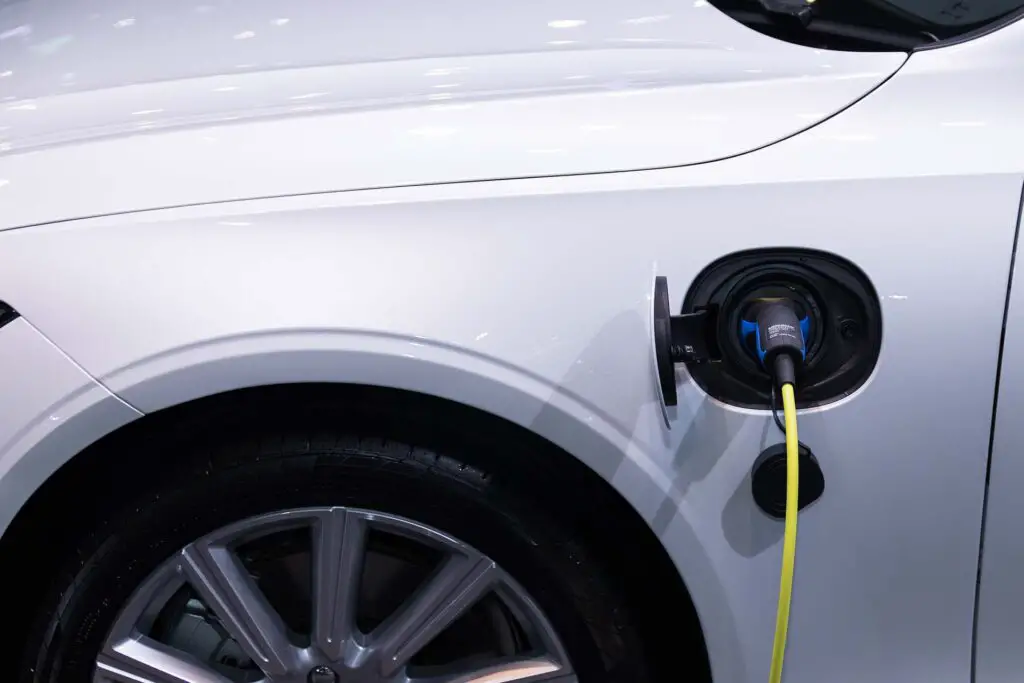
Estimate Efficiently the Cost of a Tesla Battery Replacement
When considering the power unit replacement, it’s important to understand the various factors that influence cost. Owners often ask, “How much does it cost to replace the battery in a Tesla Model S or other models?” The answer is not straightforward. Replacement costs can vary widely and are influenced by factors such as the specific model of Tesla, the type required, and even the year of manufacture.
The price range for most EV battery packs is $4,760 to $19,200. If you want to save money, though, you might want to buy a used power unit instead. Used or fixed-up EV batteries can be found online for as little as $750.
As you can assume, the prices can vary from manufacturer to manufacturer, especially when it comes to some of the biggest car companies in the industry. The table below shows how the prices of EV power units vary by car brand.
| Auto manufacturer | Typical cost |
| Tesla | $11,000 – $20,000 |
| Volkswagen | $12,000 – $15,000 |
| Hummer | $10,000 |
| Toyota (Hybrid) | $2,000 – $8,000 |
Did you know that before they came up with Supercharging, the Tesla crew thought of battery-swapping stations? Apparently, they were becoming faster and could change out a Model S power unit in around three minutes. Unfortunately, this idea never came to life, and it doesn’t look like it will anytime soon.
Breakdown of Replacement Costs by TSLA Model
As we already mentioned, Tesla Model S/X/3/Y battery costs vary across different models. For instance, the high-performance Model S and Model X, which are equipped with larger and more sophisticated batteries, generally entail a higher replacement cost compared to the more compact Model 3 and Model Y. Here’s a table with the replacement costs for each model.
| Model | Estimated cost (including labor and parts) |
| Model S | $13,000 – $14,000 |
| Model X | About $14,000 |
| Model 3 | About $13,000 |
| Model Y | $11,000 – $13,000 |
Explore the Factors That Influence the Final Price
When considering the cost to replace a power unit in a TSLA, several key factors come into play, significantly impacting the final price. One of the primary considerations is labor costs, which can vary widely depending on the service provider and their expertise with TSLA vehicles.
Certified repair shops may charge a premium for their specialized skills and knowledge, whereas general electric vehicle service centers might offer more competitive rates. Another crucial factor is geographic location. Replacement costs can differ from one region to another due to variations in the cost of living, availability of skilled technicians, and demand for TSLA-specific services.
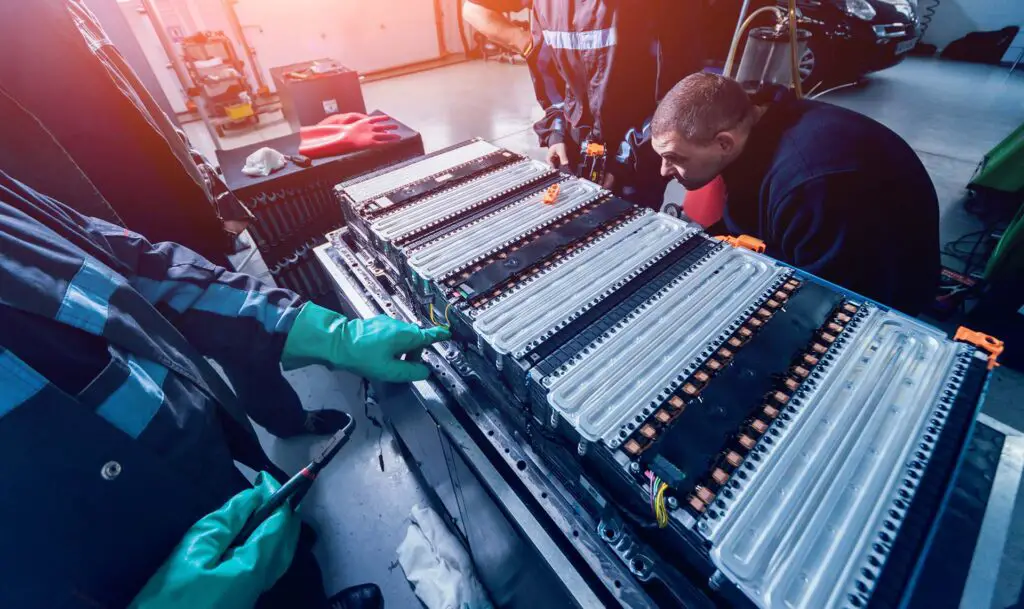
Tesla Battery Warranty Coverage and Battery Guarantee
The warranty significantly influences the replacement cost. This warranty, designed to cover defects and ensure a minimum capacity retention over a set period, can alleviate a significant portion of the financial burden in case of premature degradation.
However, you need to understand the intricacies of this warranty. It generally does not cover damages resulting from external factors like accidents or unauthorized vehicle modifications. Therefore, in situations where the warranty does not apply, owners might face substantial out-of-pocket expenses.
The impact of warranty coverage highlights the importance of maintaining the power unit’s health and adhering to recommended usage guidelines. By doing so, owners not only ensure the EV battery’s longevity but also maximize the likelihood of coverage under TSLA’s warranty in the event of a legitimate issue. Here’s the table with all the available warranties by model
| Car | Capacity retention | Warranty |
| Model 3 | 70% | 8 years or 100,000 miles |
| Model 3 Performance | 70% | 8 years or 120,000 miles |
| Model 3 Long Range | 70% | 8 years or 120,000 miles |
| Model S | 70% | 8 years or 150,000 miles |
| Model Y Long-Range | 70% | 8 years or 120,000 miles |
| Model Y Performance | 70% | 8 years or 120,000 miles |
| Model X | 70% | 8 years or 150,000 miles |
DIY vs. Professional Replacement – What to Consider?
Replacing Tesla’s electric battery, as you can see, means you need to prepare your finances and ensure you have enough money for some unexpected repairs. That’s when the prospect of DIY replacement in a TSLA might be tempting for some owners.
However, you need to be aware it’s fraught with risks. TSLA power unit systems are complex and require professional handling to ensure safety and efficiency. Unauthorized modifications or repairs can void the warranty, and there are significant safety risks associated with the improper handling of EV batteries. TSLA’s policies generally recommend professional service for replacement to ensure adherence to safety standards and warranty conditions.
How Much Does It Cost to Replace the Battery Coolant in a Tesla?
These EVs are equipped with a sophisticated cooling system to maintain optimal temperatures, which includes a specialized coolant. If, after checking the coolant level, you think it needs a replacement, count an additional 10% of the power unit replacement cost.
It’s crucial for this task to be carried out by professional and authorized TSLA service centers, as they have the expertise and equipment necessary to safely and effectively replace by using some of the best coolant.
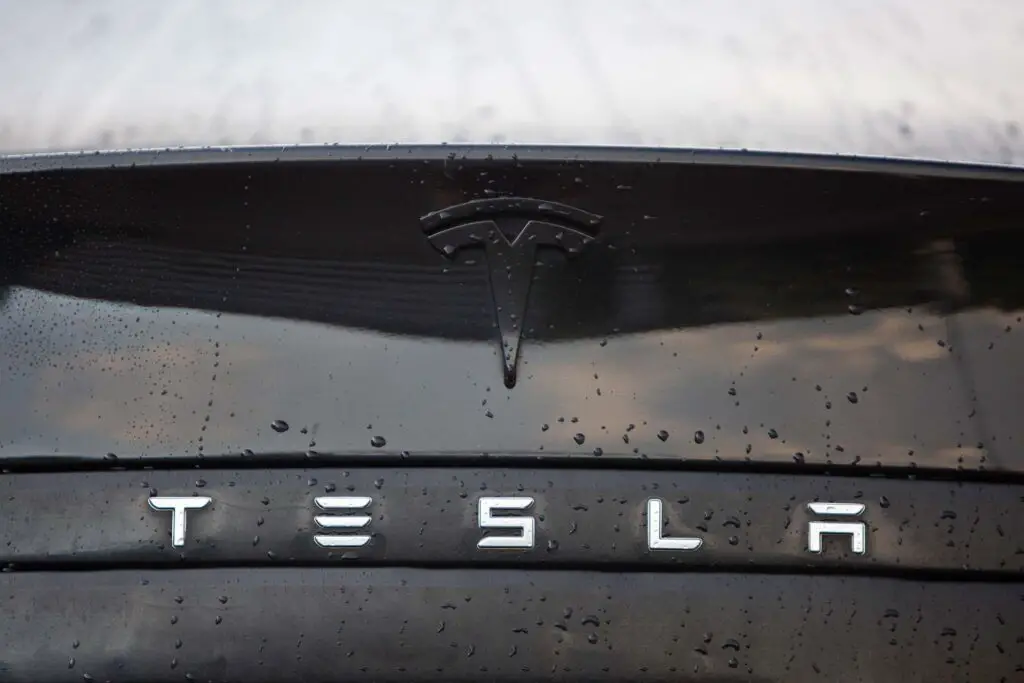
Check Out Some Tips for Reducing Long-Term Costs
Proper maintenance of a TSLA battery is essential for extending its lifespan and minimizing the need for costly replacements. With these practices, TSLA owners can effectively prolong the life of their battery, thereby reducing the frequency and potential cost of replacements, ensuring a more sustainable and cost-effective ownership experience. Here are some tips you should follow:
Regular and Balanced Charging
Maintaining proper charging habits is key. Avoid complete depletion of the power unit and refrain from consistently charging it to 100%. TSLA recommends charging to about 80-90% for daily use and only fully charging for longer trips to preserve capacity over time.
Minimize Exposure to Extreme Temperatures
Both excessive heat and cold can strain the battery. Utilize Tesla’s management system, including features like pre-conditioning the power unit in cold weather, to mitigate temperature effects.
Monitor Driving Habits
Aggressive driving can lead to faster degradation. Practice smooth acceleration and make use of regenerative braking to maintain health.
Regular Software Updates
Stay up-to-date with software updates from TSLA. These updates can bring enhancements in power unit management and efficiency, ensuring optimal vehicle performance.
Periodic Professional Inspections
Regular check-ups by professionals can identify potential issues early, averting more significant problems in the future. This proactive approach is essential for maintaining the optimal condition.
Maximizing Your Tesla Experience Through Battery Understanding
Understanding the intricacies of the TSLA power unit and its replacement, from costs to maintenance, is crucial for any TSLA owner. This knowledge prepares you for potential expenses and empowers you to take proactive steps in extending the life of your battery. Remember, the key to maximizing your TSLA experience lies in appreciating and maintaining its most vital component – the battery.
Frequently Asked Questions About Tesla Battery Replacement
How Often Do Tesla Batteries Need to Be Replaced?
TSLA batteries are designed to be long-lasting, typically requiring replacement after about 300,000 to 500,000 miles. This means that for most users, the power unit will last for several years, if not the lifetime of the vehicle, under normal driving conditions.
Is It Possible to Upgrade My Tesla’s Battery to a Newer Model?
Upgrading the power unit to a newer model is generally not feasible due to the integrated nature of TSLA’s vehicle design and software. Its upgrades would require significant changes to the vehicle’s hardware and software systems, which TSLA currently does not offer as a service.
Does Tesla Offer Any Battery Refurbishment Services?
As of my last update, Tesla does not offer refurbishment services. Their focus is primarily on replacing faulty or degraded batteries rather than refurbishing them. However, the warranty may cover the replacement if it falls under certain conditions.
What Are the Warning Signs of a Failing Tesla Battery?
Warning signs of a failing TSLA battery include a noticeable decrease in range, slower charging times, and unusual drain when the vehicle is not in use. Additionally, the car’s software may display health alerts or warnings.
How Does Extreme Weather Affect Tesla Battery Life?
Extreme weather can affect the battery life, especially when you plan to move it across the country. Excessive heat can accelerate degradation, while cold temperatures can temporarily reduce the power unit’s efficiency and range. TSLA vehicles have built-in thermal management systems to mitigate these effects, but parking in temperature-controlled environments is advisable when possible.




